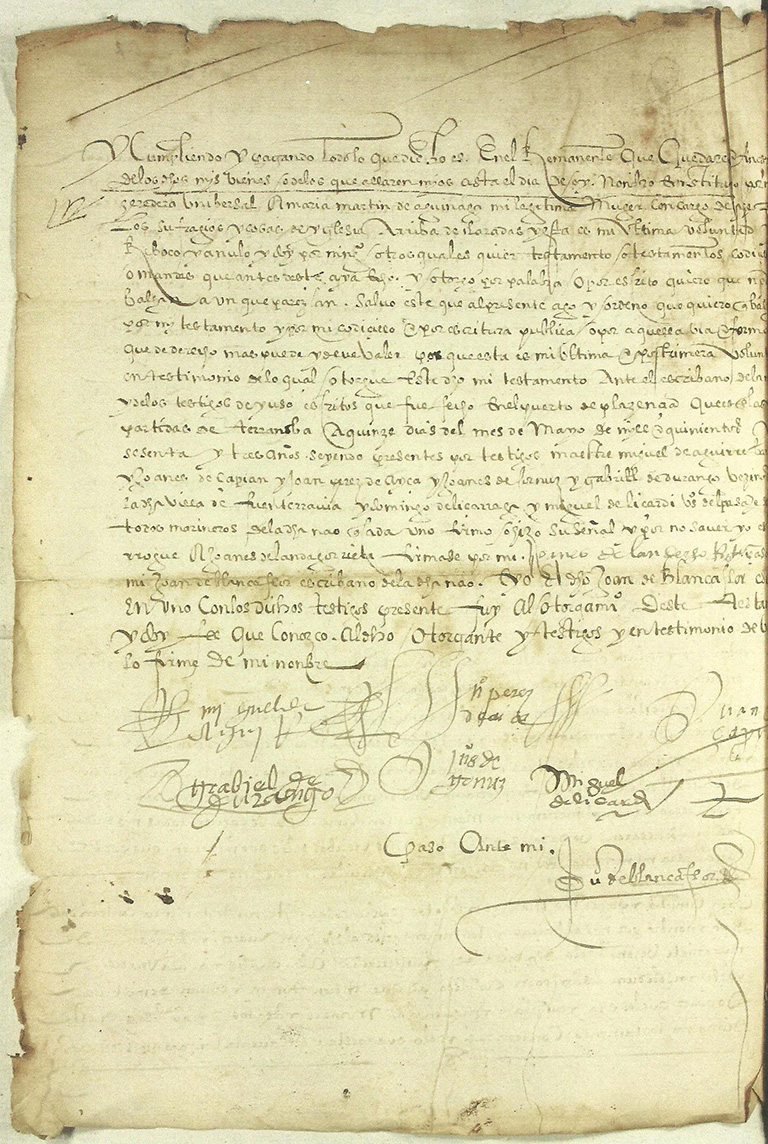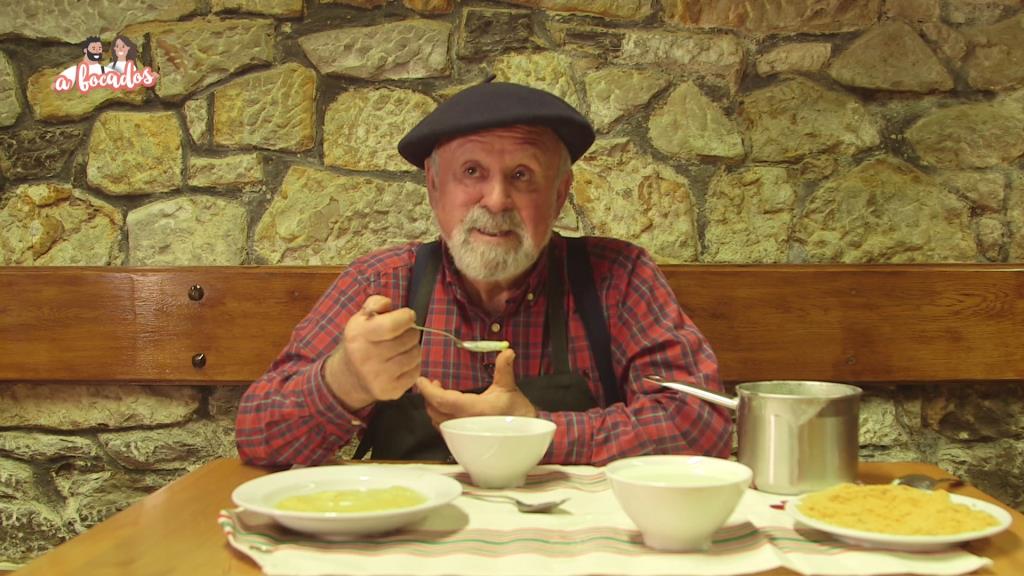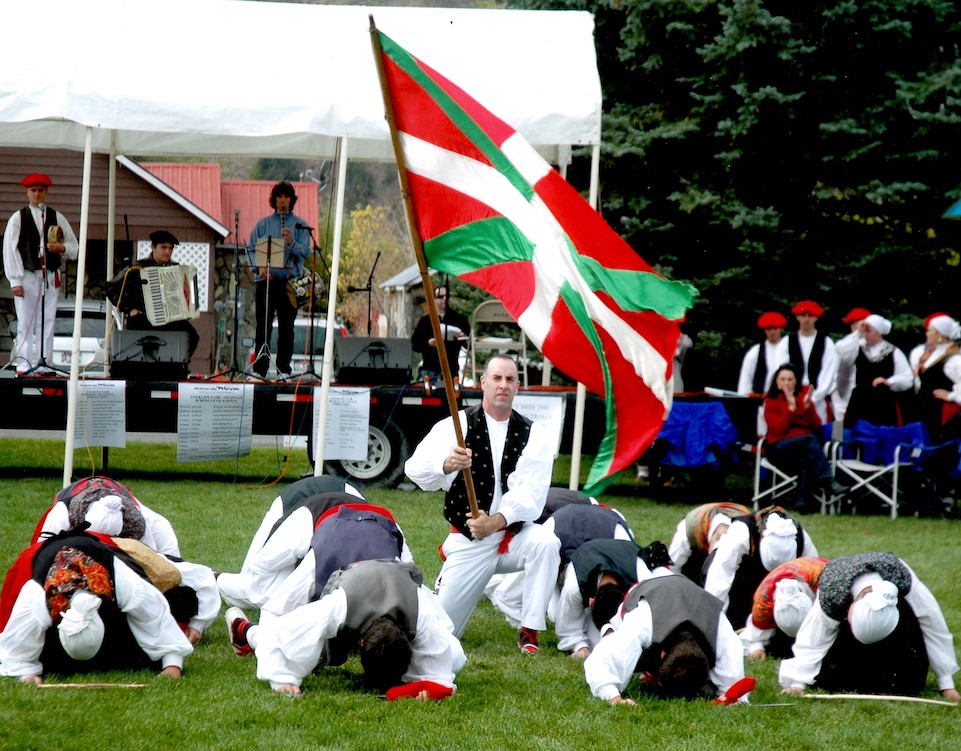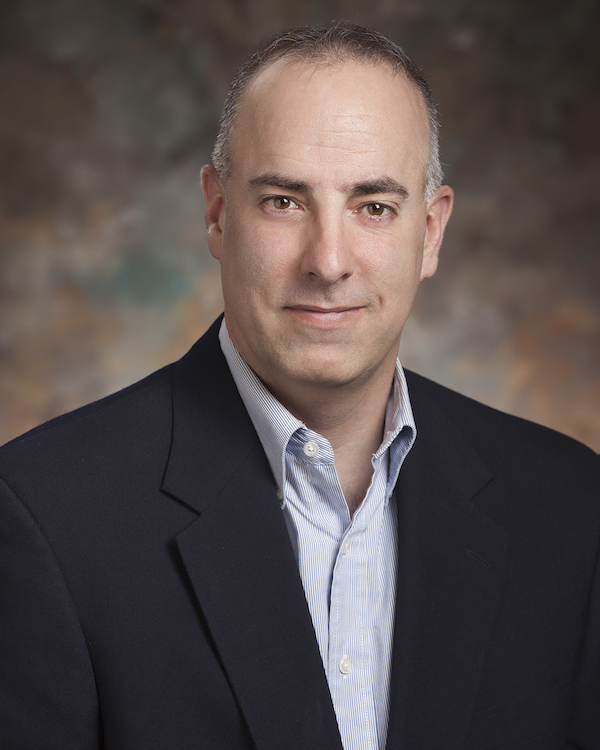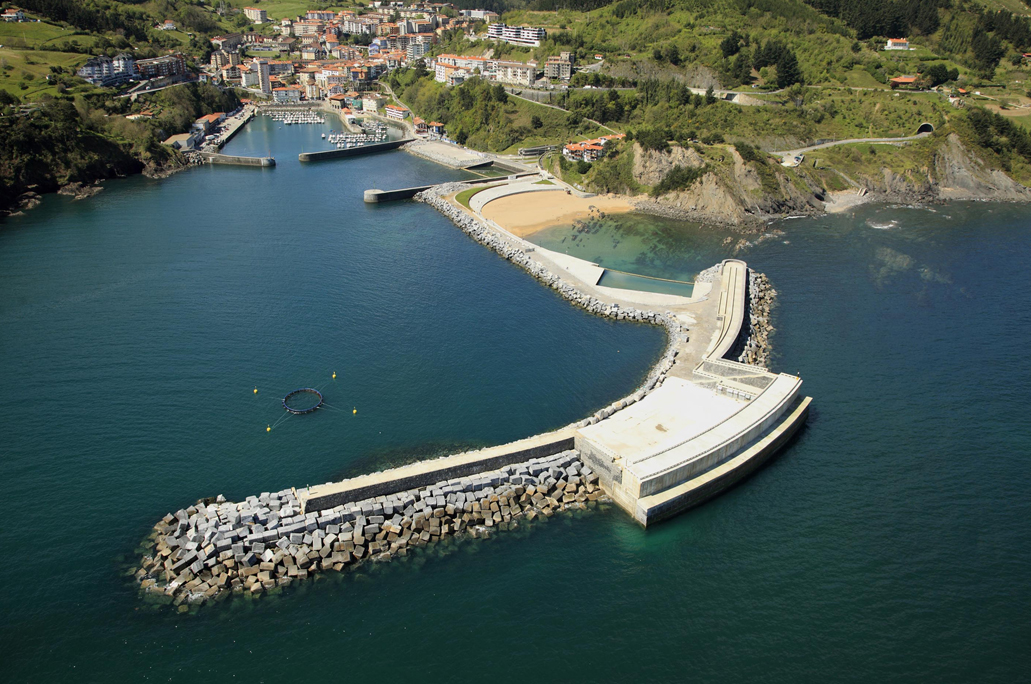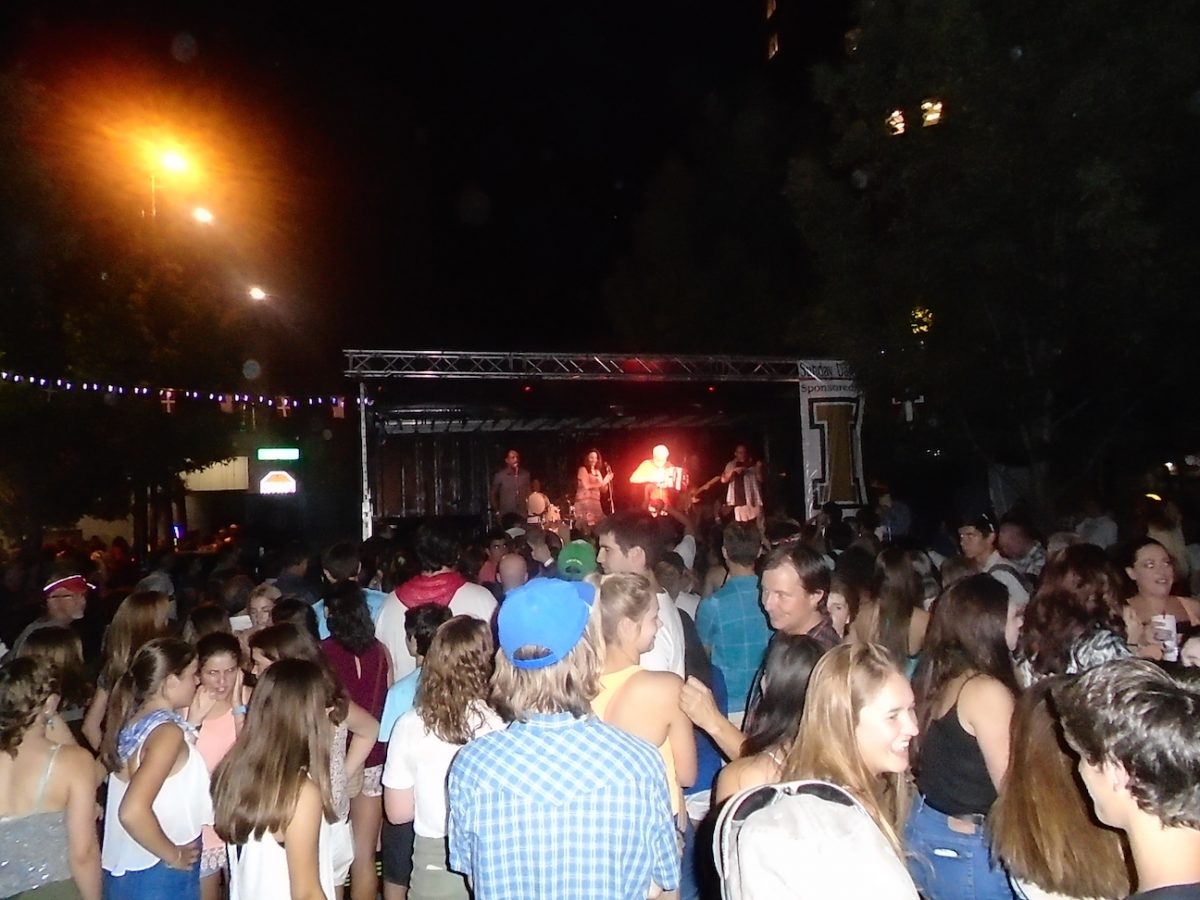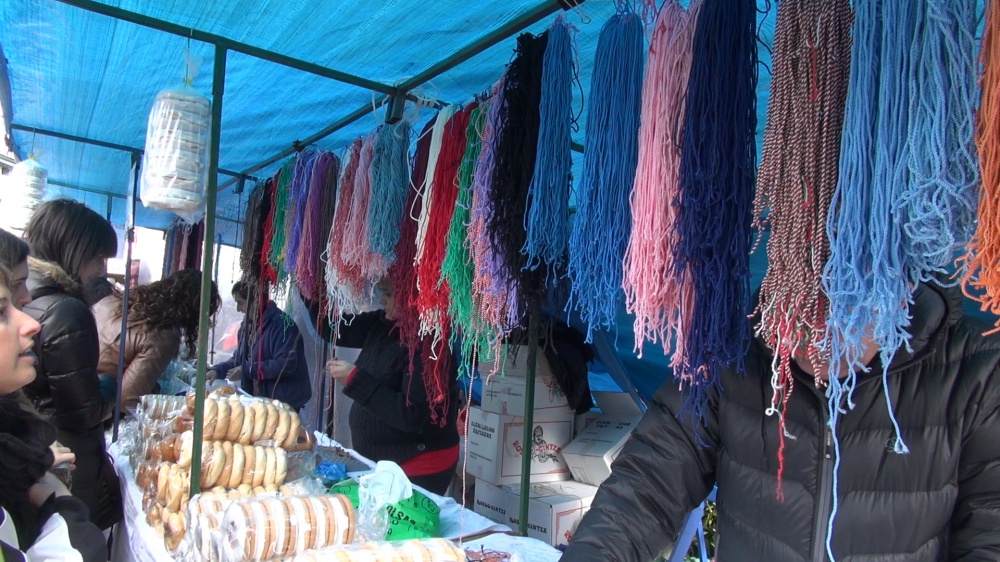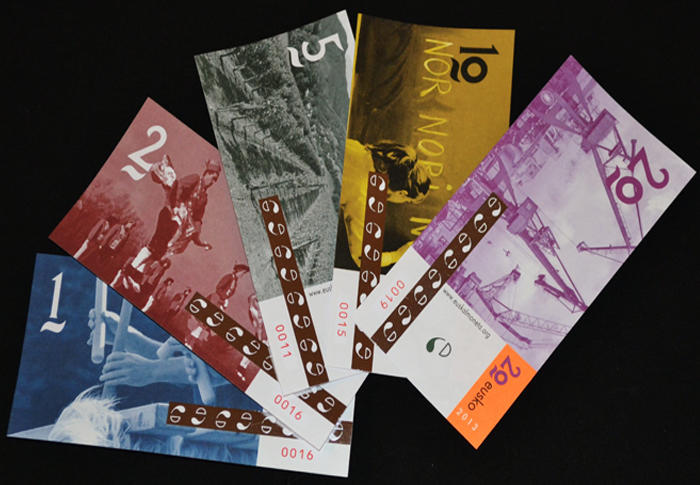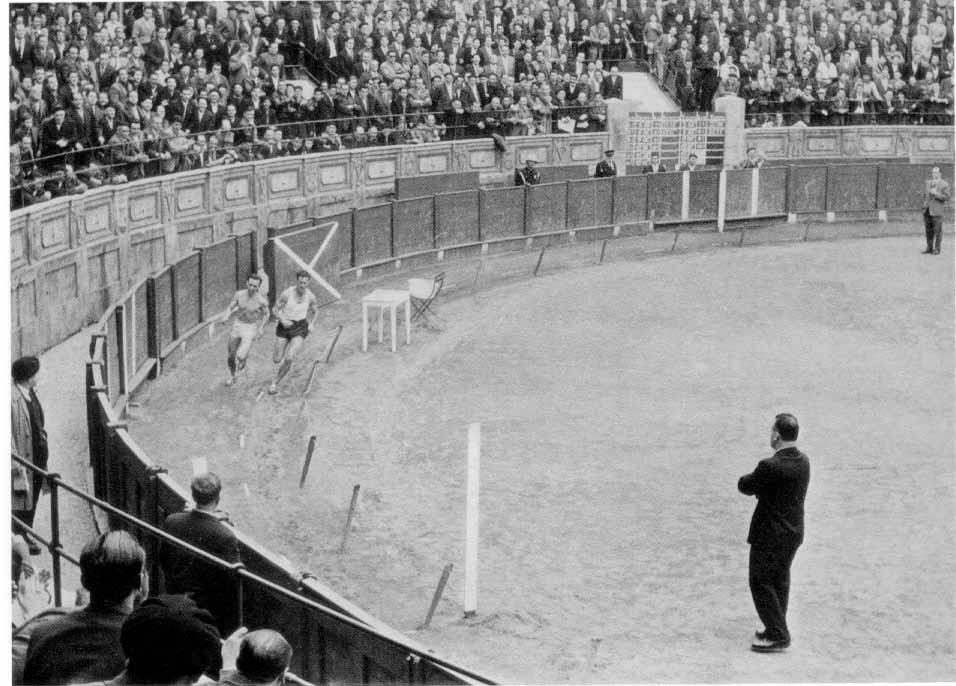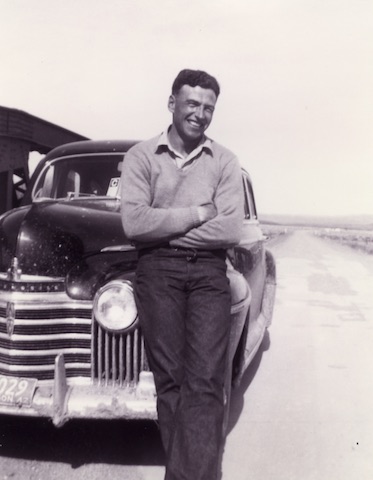The Basques, in their never-ending quest for new fishing and whaling grounds, pushed ever west, encountering Iceland, Greenland, and ultimately what would become Canada. At the same time, they were a large part of the Spanish conquistadors that pushed through South and Central America. It thus should come as no surprise that some of the oldest documents in the Basque language come from the Americas or that some of the oldest documents in the Americas are Basque.

- The oldest letter in the Basque language was written by Juan Zumarraga Laritz, the first bishop of Mexico, where he ultimately died. Zumarraga was born in 1468 in Durango, Bizkaia. As bishop, he was very influential in the development of the Catholic Church in Mexico. He made ultimately vain attempts to protect the native peoples against the abuses of Spanish authorities. He is also credited with making chocolate a popular drink for Europeans.
- He wrote his letter, dated 1537, to Kattalin Ruiz Muntsaratz of Abadiño, Bizkaia. Kattalin was the lady of the castle of Muntsaratz, and Zumarraga was trying to arrange a marriage between his nephew and Kattalin’s daughter, Mari Inigez. While much of the letter is in Spanish, at some point, the bishop began writing in Basque. As described by Joxe Mallea Olaetxe, there are a number of reasons Zumarraga might write in Basque. There were sentimental reasons to write in his first language. But, more importantly, he was trying to smuggle silver from Mexico to Bizkaia and wanted to avoid scrutiny as much as possible. And so, he wrote in the “forgotten language,” as he called it.
- Much further north, in Newfoundland, Basques were also active on the coast, fishing and hunting whales. The dangers of this journey and the occupation itself meant many Basques spent their last days on the Canadian coast. This was the case for Joanes de Etxaniz (1584), the inspiration for Guillermo Zubiaga’s Joanes comic; Juanes de Larrume (1577); and Domingo de Luça (1563). Each left behind their will and de Luça’s will, discovered some 450 years later by Dr. Michael Barkham, is now thought to be the oldest civil document we have that was written in Canada.
- De Luça got sick not long after arriving in the Americas. Knowing how ill he was, he dictated his will and requested that he be buried in “this port of Plazençia in the place where those who die here are usually buried.” He left everything to his wife, María Martín de Aguinaga of Hondarribia. He also laid out the debts he owed and those that were owed him, in an effort to reconcile his accounts after his death.

